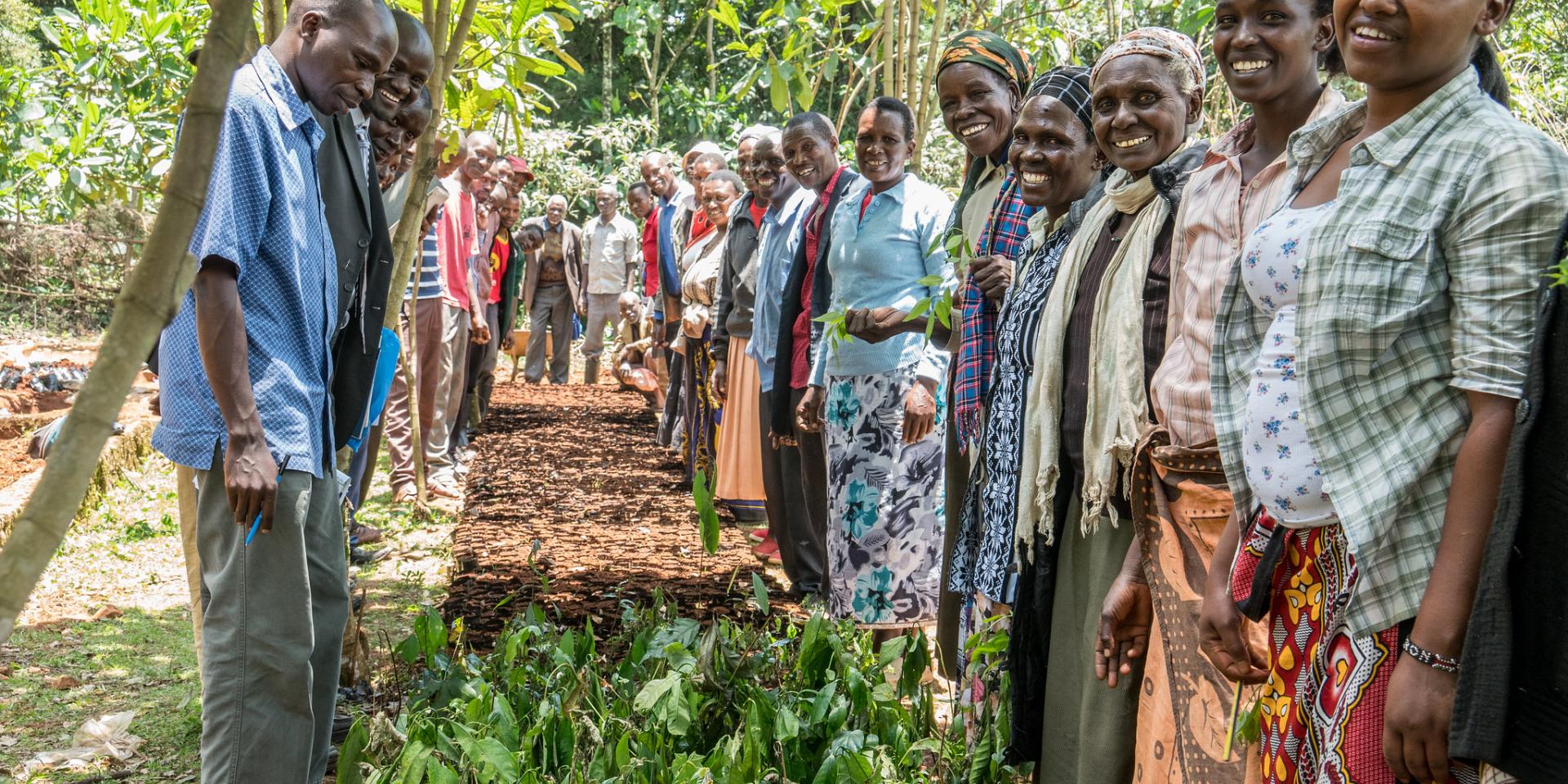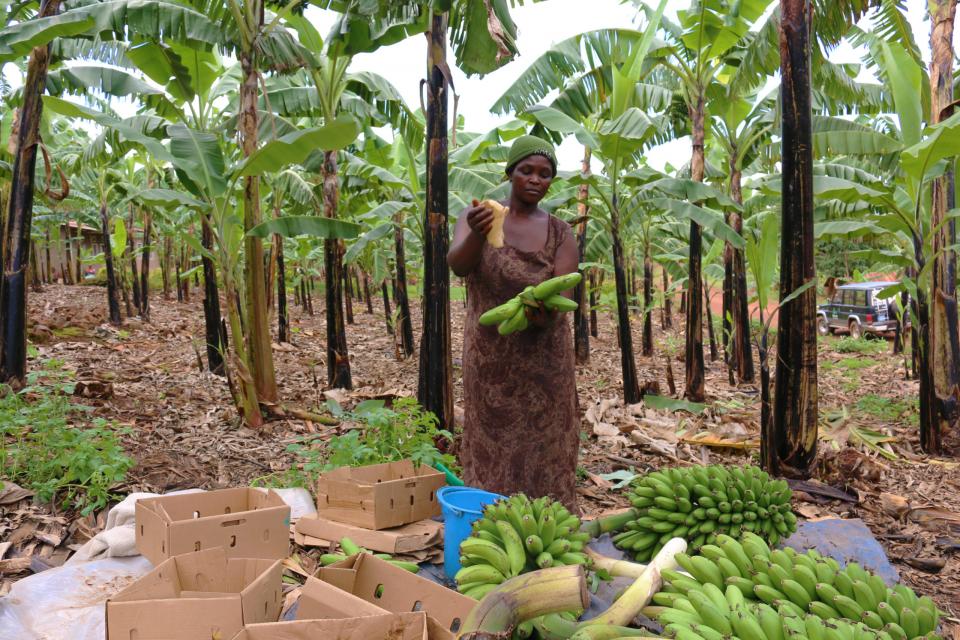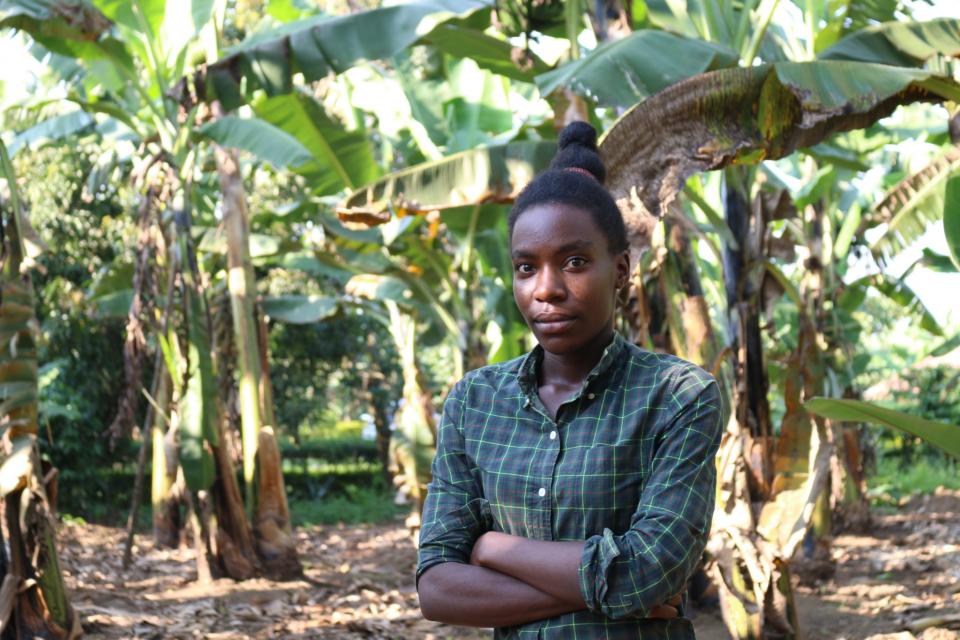Demand-driven breeding through a Gender lens: experiences from Zimbabwe
 Photo: CIFOR
Photo: CIFOR
Discussions on gender integration in conventional breeding is not new. These talks started in the 1980’s when women farmers were integrated into on-station and on-farm breeding activities.
Currently, gender integration has shifted from mainly involving women and men farmers to include other value chain actors, such as traders, processors, seed companies, aggregators, consumers, researchers, and others. The introduction of the demand-led breeding approach meant interrogating how we do breeding, finding out the gaps and proposing the appropriate way forward. Different trainings have been carried out to explain this approach to breeders, social scientists and other value chain actors.
We highlight how integrating gender in our breeding activities is important for participatory varietal selection. It was developed with information collected during participatory varietal selection, especially those conducted for the different NUA bean varieties released. Information from stakeholder meetings with grain traders, seed companies and processors were also used as additional information for the blog.
Common bean is considered a women’s crop, especially in Zimbabwe, where more than 60% of women are involved. Women primarily do the planting, weeding, harvesting, threshing and winnowing, while men actively take part in the bean sales. The different roles played by men and women are considered in the breeding process as they influence bean trait preferences.


